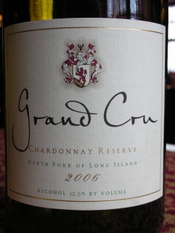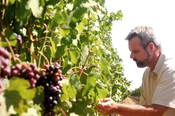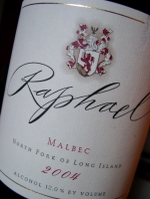Despite what casual observers or even some writers will tell you, a hot, dry growing season doesn’t automatically mean the best — or the most exciting — wines. When a local red wine captures the ripeness and intensity of such a vintage, but also retains its varietal character and regional distinctiveness — that’s when I really start to pay attention. Bedell Cellars 2010 Cabernet Franc ($35) is one such wine. Made without a splinter of new oak — and with ambient yeast — this wine offers an alluring, complex nose with layers of strawberry preserves, black cherries, blackberries, Chinese five…
Bedell Cellars 2010 Cabernet Franc






